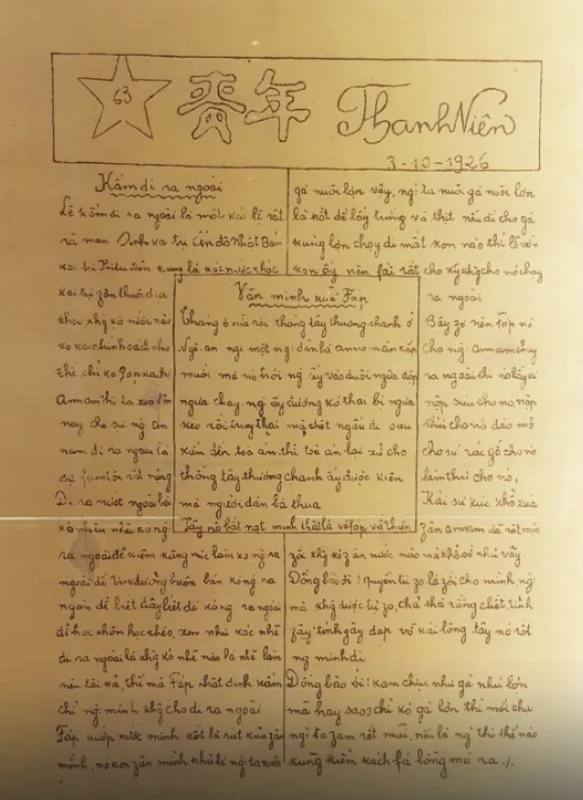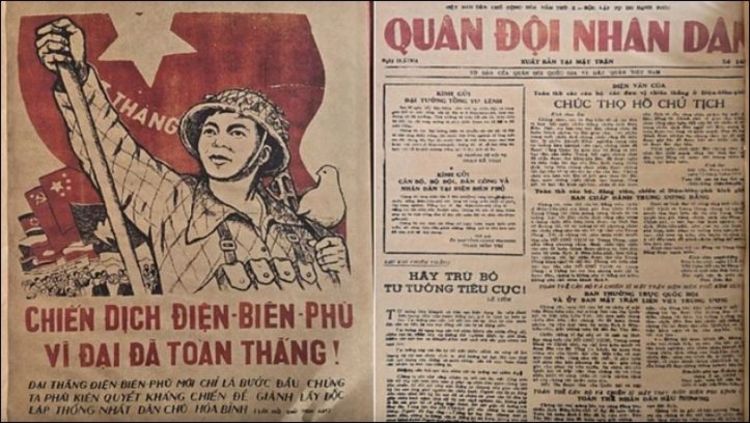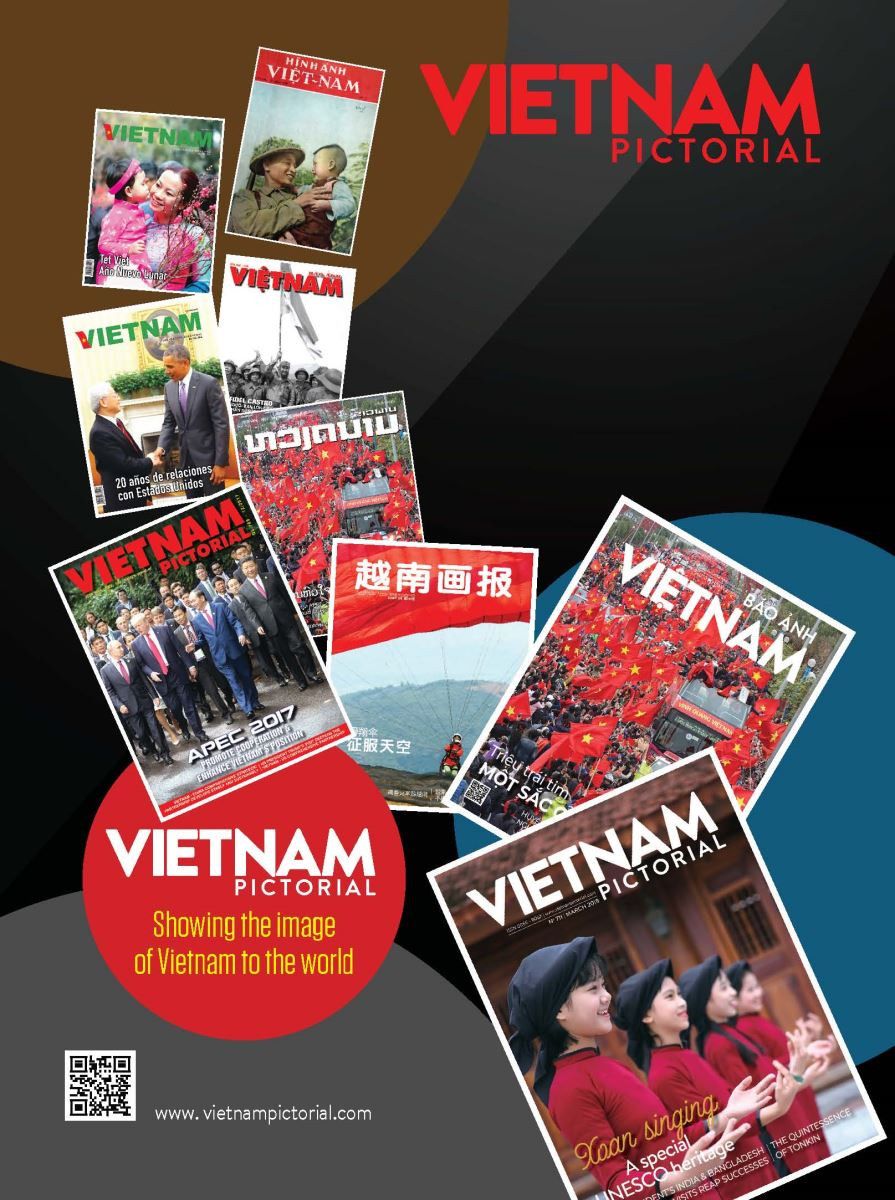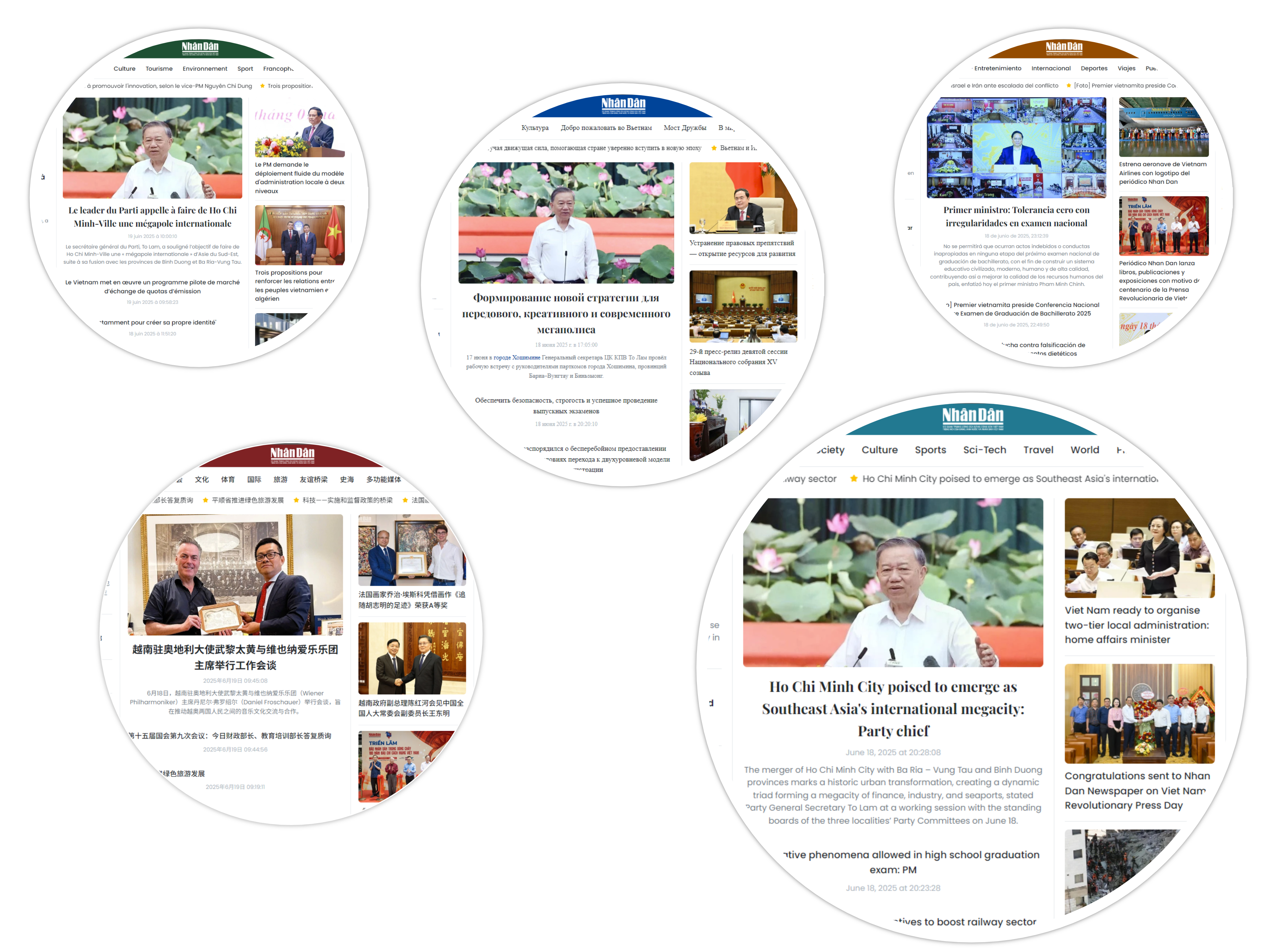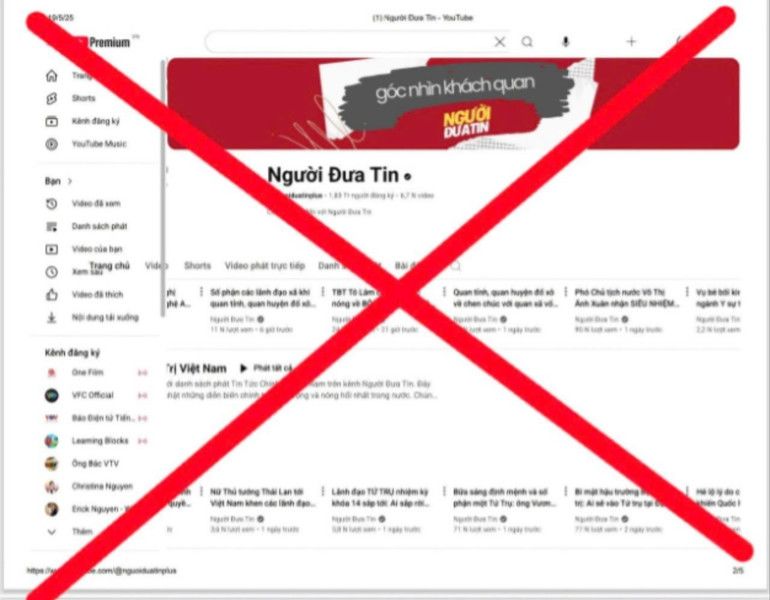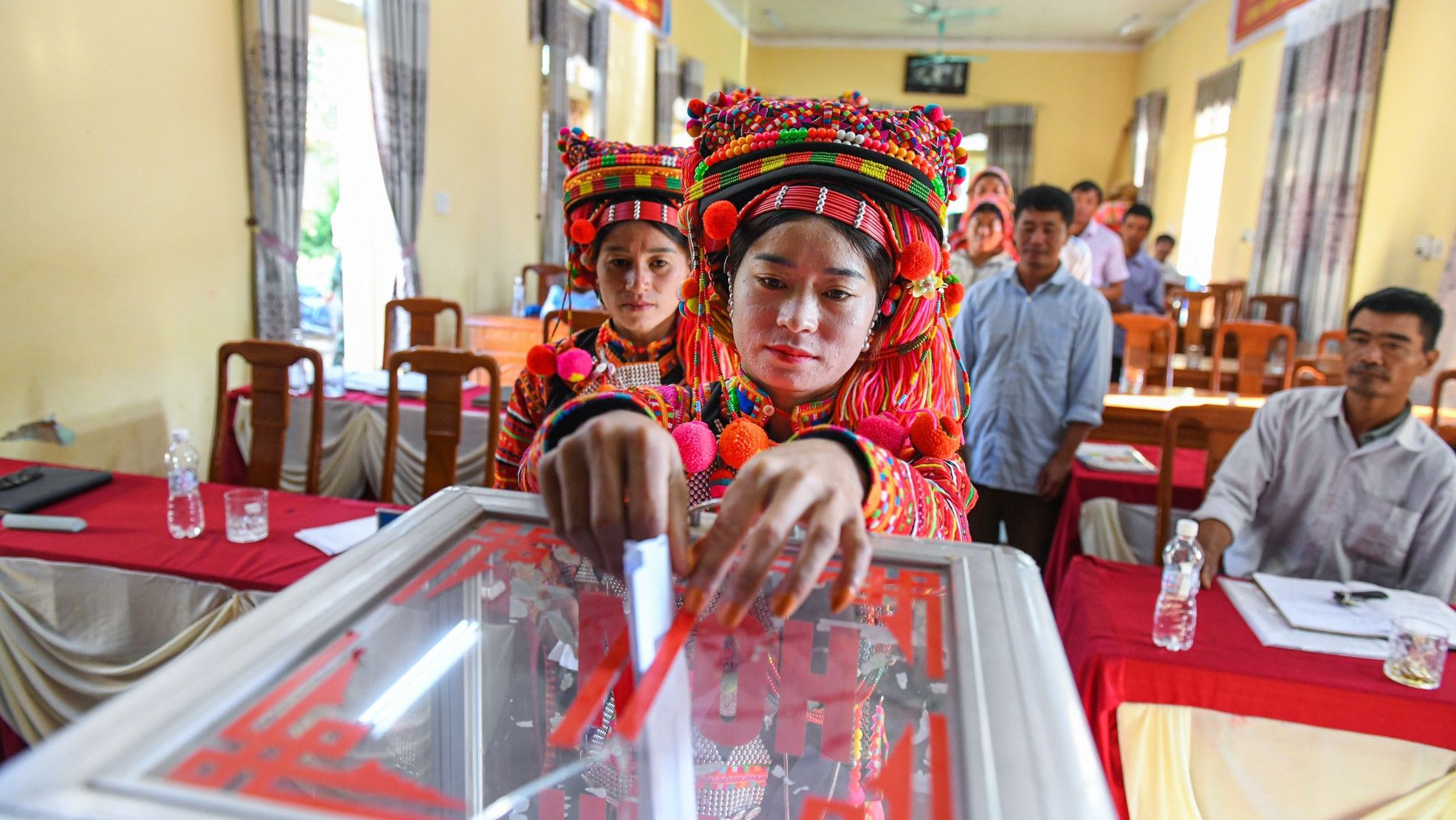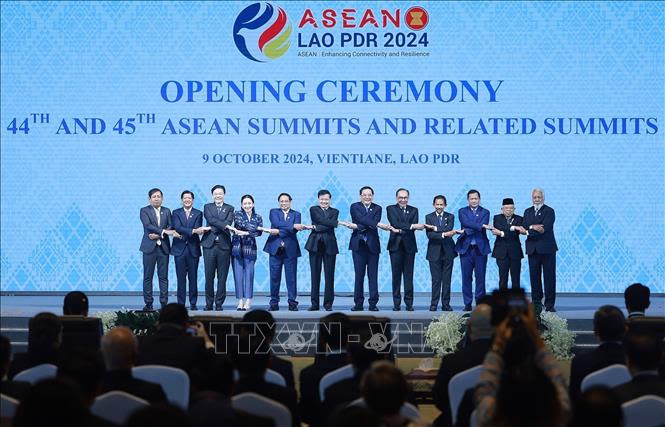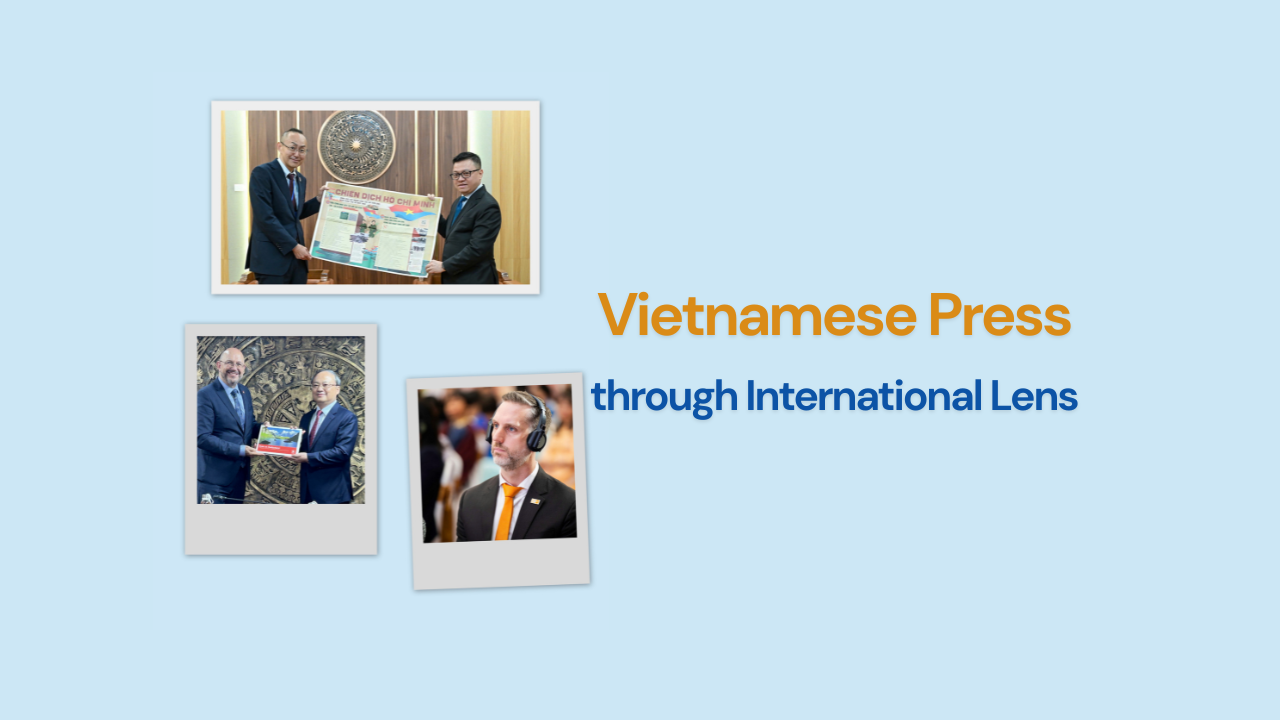A century of dedicated service and mission of external relations information in digital era
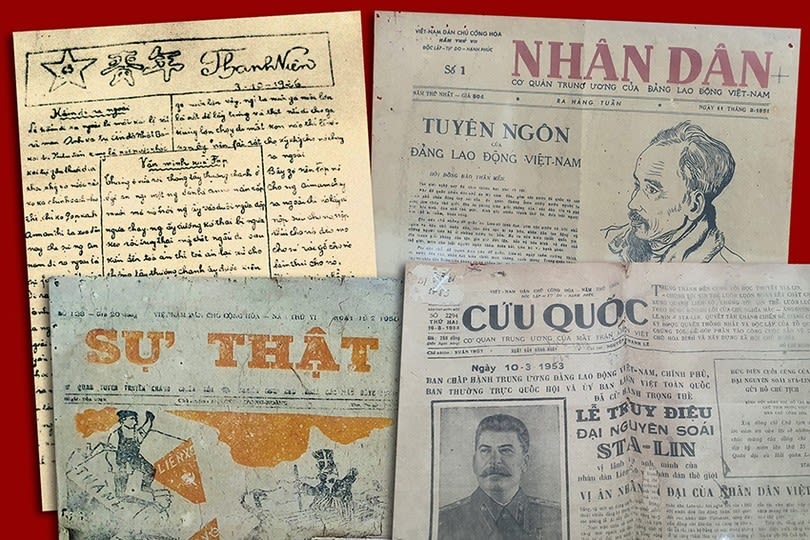
In the ongoing journey of Vietnamese revolutionary press, external relations information has always played a vital role in shaping the nation’s image amid a turbulent world. With a legacy spanning 100 years, Vietnamese press, as a verifier, analyst and guide in the information sphere, is stepping into the global information age with a new mindset: more courageous, more creative, and more deeply integrated into mastering the national information front.
Vietnamese revolutionary press:
Historical foundations and mission
One hundred years ago, in Guangzhou (China), amidst the gloom of colonial subjugation, a newspaper called Thanh Nien (Youth) was born in 1925, printed using mimeograph techniques, on coarse, dark paper, with smudged letters. Yet from those modest pages, a new light emerged from the darkness: the light of revolutionary thought, the ideal of national liberation, and the aspiration to bring Viet Nam’s voice to the international community. The newspaper’s founder, Nguyen Ai Quoc, understood that the struggle was not only fought with weapons, but also with the pen, with truth, and with the way to tell Viet Nam’s story to the world.
Sowing the seeds of external relations information from the very first issue
The notion of external relations information did not begin with the rise of social media. From its earliest days, Vietnamese revolutionary journalism was already bound to the mission of bringing the nation’s just voice to the international stage.
Thanh Nien was not only the first newspaper of the Vietnamese revolution. It was also the publication beginning for Viet Nam’s external relations information efforts. Though thin and mimeographed in Guangzhou, its pages were widely distributed.
Its articles affirmed international proletarian solidarity, praised the Russian October Revolution, condemned colonialism, and stirred the spirit of unity among oppressed peoples, thereby widening international support for Viet Nam’s revolutionary movement.
A series of newspapers and journals such as Co Do (Red Flag), Lao Dong (Labour) were printed and distributed in secret, yet had powerful and far-reaching influence. Many articles were used by social movements in France, the Soviet Union, and Southeast Asia as materials for their dissemination campaigns.
Thanh Nien newspaper, Issue No. 63, on October 3, 1925.
Thanh Nien newspaper, Issue No. 63, on October 3, 1925.
These newspapers emerged like seeds in the shadows, connecting domestic revolutionary movements with international friends, becoming underground bridges that conveyed Viet Nam’s truth and ideals — a country that refused to be enslaved. Though some existed only for a few issues, they left a lasting imprint as embers that nurtured the spirit of external relations revolutionary press: proactive, courageous, and intellectually driven.
Especially during the two resistance wars against French colonialism and US imperialism for national salvation, Vietnamese press became a “special weapon” on the international opinion front.
Reports in the French, English and Chinese languages from the Viet Nam News Agency, the Voice of Viet Nam, and Liberation Newspaper not only reported facts but also shaped global perceptions of Viet Nam.
One of the issues of Quan doi Nhan dan newspaper published during the Dien Bien Phu Campaign.
One of the issues of Quan doi Nhan dan newspaper published during the Dien Bien Phu Campaign.
Images of the Dien Bien Phu victory, reports from liberated zones in the South, and articles exposing wartime crimes were translated and distributed abroad regularly. During this period, the press was not merely an information channel, but it was a witness to history, convincing the world with truth, blood, and the trust of an entire nation.
Viet Nam’s image was no longer that of a small and distant land, but a symbol of a just struggle for peace, democracy, and national self-determination. These achievements owed much to the courageous, silent yet resolute contributions of the revolutionary press.
External relations press – Innovating for deeper global integration
Since entering the Doi Moi (Renewal) period in 1986, Viet Nam has not only transformed economically and socially, but also developed a methodical strategy for external relations information, with press at the forefront.
Vietnamese media no longer simply “reports news”, but “tells stories” of a peace-loving nation rebuilding from the ruins of war, striving forward and confidently engaging with the international community with a new posture: confident, friendly, and responsible.
Vietnam Pictorial
Vietnam Pictorial
Within this evolution, major media agencies such as the Viet Nam News Agency, Viet Nam Television (VTV), the Voice of Viet Nam (VOV), and Nhan Dan Newspaper have gradually shaped a multi-platform, multilingual ecosystem for external relations communication.
Publications like Viet Nam News, VTV4, VOV5, and Viet Nam Pictorial not only provide official information but also open windows through which the world can better understand Viet Nam — a nation undergoing a profound transformation, politically stable, respectful of international law, and committed to sustainable development.
In particular, Nhan Dan Newspaper, as the official mouthpiece of the Communist Party of Viet Nam, the voice of the Party, the State, and the people, has become a pillar in national external relations communication.
Beyond print media, Nhan Dan has developed a multilingual digital platform (English, French, Chinese, Russian, Spanish), integrating digital technology and multimedia content to reach global audiences.
The homepages of Nhan Dan in five foreign languages
Nhan Dan Online is available in English, Chinese, French, Russian and Spanish.
Each language edition is independently edited to suit the cultural and linguistic characteristics and preferences of different readerships, from overseas Vietnamese communities to international researchers, diplomats, media outlets, scholars, and foreign investors.
Importantly, content selected for Nhan Dan is not merely translated news. It is carefully curated and edited to reflect Viet Nam’s consistent political stance, to honour the country’s cultural, historical and human values, and to provide in-depth analysis of key socio-economic policies, the foreign affairs of the Party, State and Government.
These are “Viet Nam stories” told in a calm, persuasive, and culturally distinctive voice.
Fighting to protect the truth – an unceasing mission
From Thanh Nien newspaper in 1925 – the first flame that lit up the Vietnamese revolutionary press – to today’s digital press platforms, the century-long journey has been a long series of challenges and pride.
However, the 100-year milestone is not the end. In an age of information explosion, where truth and falsehood intertwine and cyberspace has become a new ideological “battlefield”, the mission of revolutionary press to defend the truth has become all the more vital and arduous.
A growing number of disinformation campaigns about Viet Nam are being launched with increasing frequency, orchestrated in sophisticated, organised ways and backed by hostile forces.
From sovereignty over the sea and islands, democracy, and human rights to pandemic response and the investment environment, Viet Nam is regularly targeted by so-called “peaceful evolution” tactics disguised as freedom of information.
In this context, the revolutionary press continues to affirm its pioneering role – serving as an “information shield” – resolutely countering false arguments, protecting justice and national interests.
Particularly in the matter of sovereignty over the sea and islands – one of the main targets of distortion and falsification by hostile forces – Vietnamese press has repeatedly demonstrated timely, methodical and professional engagement.
Beyond refuting false information, the press provides verifiable evidence, on-the-ground images, persuasive legal analyses, and guides public opinion in alignment with the State’s diplomatic direction.
A typical example emerged in 2023: a video circulating on TikTok and Facebook claimed that an armed conflict had broken out in the East Sea/South China Sea – but in fact, it was images from a military exercise elsewhere. Amid growing public confusion, mainstream media outlets quickly investigated, debunked the claim and clarified the facts, enabling the public to identify fake news and reinforcing trust in the truth.
During the Covid-19 pandemic, when Viet Nam faced biased accusations from certain international media outlets such as “concealing the outbreak”, “extreme social control”, or “politicising vaccines”, the domestic press responded promptly and with a strong sense of responsibility.
Through transparent statistics, publicly available information, and comments from both domestic and international experts, the press not only refuted the misinformation but also affirmed the transparency, effectiveness, and humanitarian values of Viet Nam’s pandemic response. This helped paint a more accurate picture and protect the nation’s image amidst the “information storm”.
YouTube channel "Nguoi Dua Tin" publishing more than 6,700 videos distorting organizations and individuals in the political system discovered by the police in early June.
YouTube channel "Nguoi Dua Tin" publishing more than 6,700 videos distorting organizations and individuals in the political system discovered by the police in early June.
The Coast Guards of Viet Nam and Indonesia conduct joint training at sea (Photo: VNA)
The Coast Guards of Viet Nam and Indonesia conduct joint training at sea (Photo: VNA)
A Covid-19 quarantine checkpoint in Le Loi Commune, Chi Linh City, Hai Duong Province on Lunar New Year's Eve of the Buffalo 2021. (Photo: VNA)
A Covid-19 quarantine checkpoint in Le Loi Commune, Chi Linh City, Hai Duong Province on Lunar New Year's Eve of the Buffalo 2021. (Photo: VNA)
In the field of human rights – particularly the right to freedom of the press and freedom of expression – Viet Nam has frequently been the subject of “systemic bias” in reports by non-governmental organisations such as Freedom House, Human Rights Watch (HRW), and Reporters Without Borders (RSF).
These reports often rely on unverified sources and deliberately distort the reality on the ground. The Vietnamese press has proactively refuted with solid legal arguments, combined with vivid examples from daily life.
Articles published by Nhan Dan, VietnamPlus, VTV and so on have clearly demonstrated that Viet Nam not only seriously implements international commitments on human rights, but also constantly improves its institutions, ensuring freedom of the press in accordance with its Constitution and international law.
Viet Nam ensures political rights for every citizen. (Photo: THANH DAT/Nhan Dan)
Viet Nam ensures political rights for every citizen. (Photo: THANH DAT/Nhan Dan)
More recently, in early March, a video clip went viral on social media platforms showing a military troop moving through the streets with a caption claiming: “Ha Noi is about to go under martial law.”
Within hours, it garnered hundreds of thousands of shares and comments, fuelling speculation, anxiety, and even agitation. Amid this wave of confusion, it was the mainstream press that stepped in, verifiying that it was merely a routine military drill, promptly providing accurate information, easing public panic.
This incident is just one among countless examples of the vital role the press plays in defending the truth, shaping public awareness, and maintaining social stability amid the information turbulence of the digital age.
In the globalised information flow, Viet Nam’s external relations press has made great strides, becoming an extended arm of the Party and State’s diplomacy.
Not only countering misinformation, but the external relations press also actively promotes the image of a peaceful nation, friendly people, unique culture, dynamic economy, and a foreign policy of peace, proactiveness, and active engagement.
That is the way to "bring Viet Nam to the world and bring the world closer to Viet Nam" - in a proactive, humane and effective manner.
Prime Minister Pham Minh Chinh and Heads of Delegations at the Opening Session of the 44th ASEAN Summit. (Photo: VNA)
Prime Minister Pham Minh Chinh and Heads of Delegations at the Opening Session of the 44th ASEAN Summit. (Photo: VNA)
Viet Nam’s strong presence in major international forums such as the United Nations (UN), the Association of Southeast Asian Nations (ASEAN), and the Asia-Pacific Economic Cooperation (APEC), as well as its participation in a series of new-generation free trade agreements like the Comprehensive and Progressive Agreement for Trans-Pacific Partnership (CPTPP), the EU-Viet Nam Free Trade Agreement (EVFTA), and the Regional Comprehensive Economic Partnership (RCEP), is closely linked to the role of external relations press in creating the image of a reliable, open, and potential nation.
Each article, news bulletin, and reportage is a “soft passport”, helping expand Viet Nam’s sphere of influence, foster a favourable environment for multilateral diplomacy, attract investment, promote tourism, and enhance cultural exchange.
Over the past 100 years, the Vietnamese revolutionary press has never retreated in the face of challenges. And in today’s digital era, that mission must be carried forward with innovation, unwavering resolve — to speak the truth, defend the nation, multiply humanitarian values, and spread the values of Viet Nam throughout the globe.
Also in this series
Published: June 19, 2025
Content: Vu Anh, Tuyet Nhung, Bich Lien, Bich Van, Phuong Huyen
Design: Hoa Bui

